Julie Vignon (Juliette Binoche) loses her husband and daughter in a tragic car wreck; Blue captures her grief, often framing Julie in tight close-ups. It is a thoroughly inward-looking film, built upon Julie’s silent internal monologue, following in the tradition of Kieślowski’s other quiet works like A Short Film About Love and The Double Life of Veronique. In the case of Blue, the hushed form is directly tied to the tragic content, one of a mother losing a child. Julie looks internally because she has lost all that she had externally. One of the most telling shots is toward the end; framed within what seems to be Julie’s eye is a reflection of her nude body curled up in a meditative position. This is physically the closest that a camera can approach a person. When we peer into her eye, all we see is a reflection of herself, nothing more. Cut to the front of Julie. Fade to black. Then fade to blue. The swelling composition, that is referenced throughout the film but plays in full during the final sequence, references 1 Corinthians 13, “For now we see only a reflection as in a mirror; then we shall see face to face. Now I know in part; then I shall know fully, even as I am fully known. And now these three remain: faith, hope and love. But the greatest of these is love.” The loss of a child is a perfect temporal loss, but there is hope in the final frames of Blue that, even though melancholic self-reflection is inevitable, such a loss is only “know[ing] in part.”
Three Colors: Blue (1993)










